Tag: Sedation
-
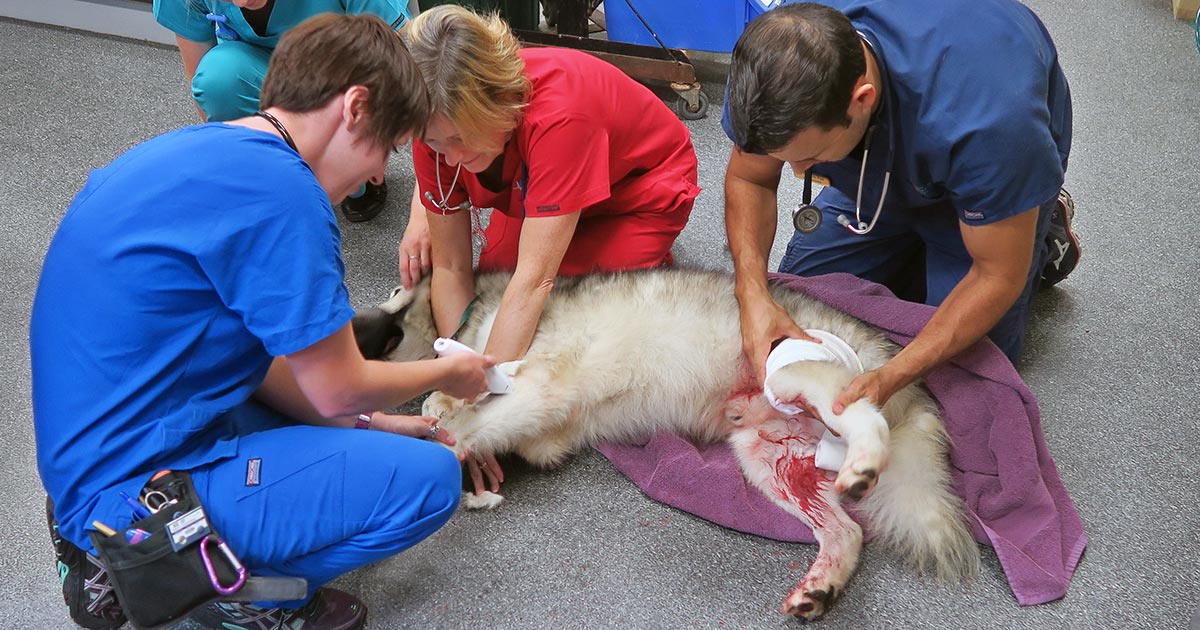
Triage, pt 1: primary survey
—
by
The art of triage takes time to master – particularly in emergency hospitals, where critical patients arrive in quick succession to the crash area. Patients need to be examined quickly and effectively to ensure the most critical issues are identified and stabilised. To do this, I break triage into two categories – primary survey and…
-
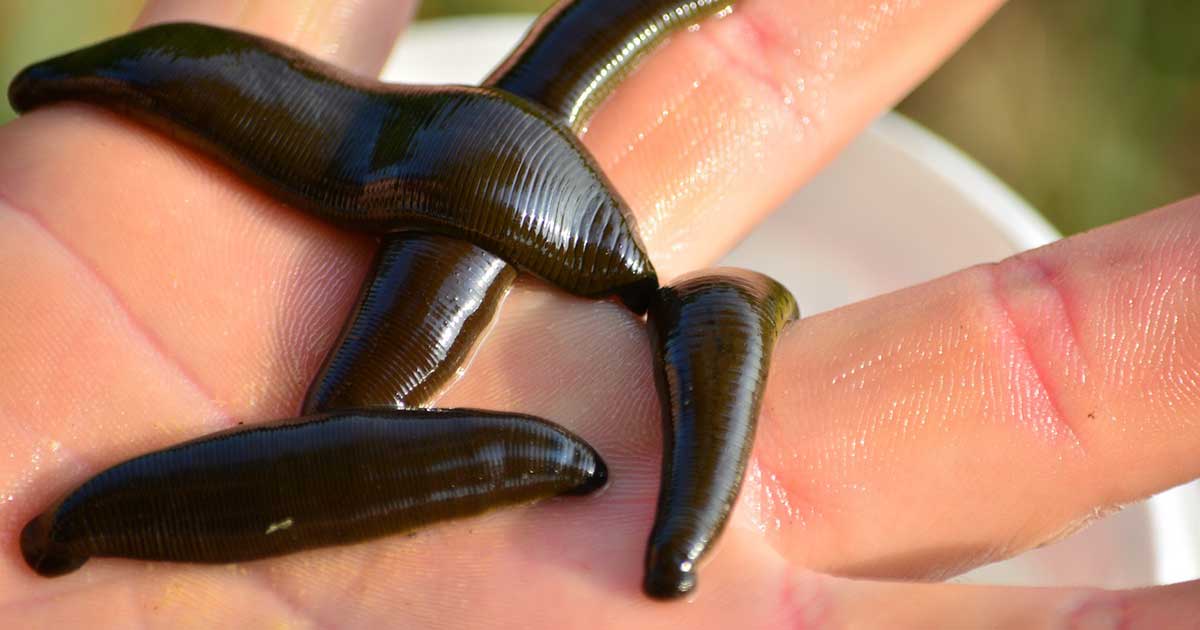
Hirudotherapy – not just for the movies
Hirudotherapy is the use of leeches in a medically controlled environment to treat medical and surgical problems. Within the veterinary world, Hirudotherapy is less commonly used than in human medicine, yet has been shown to aid a variety of cases. This is something I have never personally seen or worked with, but as someone who…
-
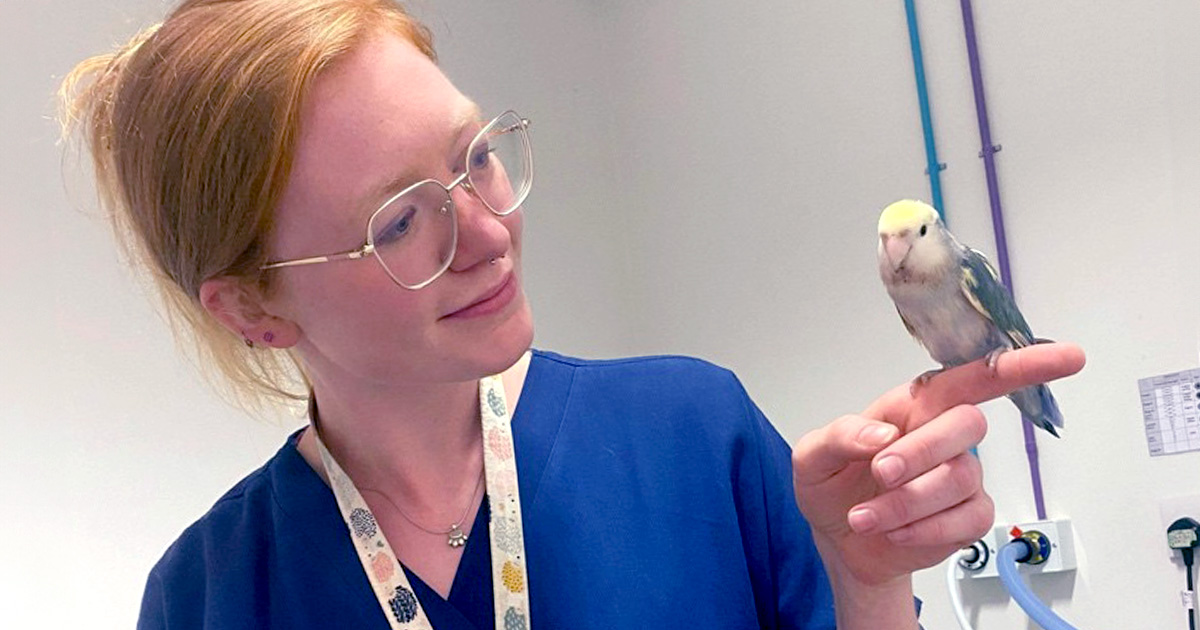
Avian anaesthesia
—
by
Did you hear about the grumpy owl with an upset stomach? He had irritable owl syndrome… Birds are a case of fight-or-flight (almost literally) for staff in the veterinary practice, especially when it comes to anaesthesia. Many will avoid due to a lack of experience, uncertainty, or a fear of the patient’s delicate nature, yet…
-
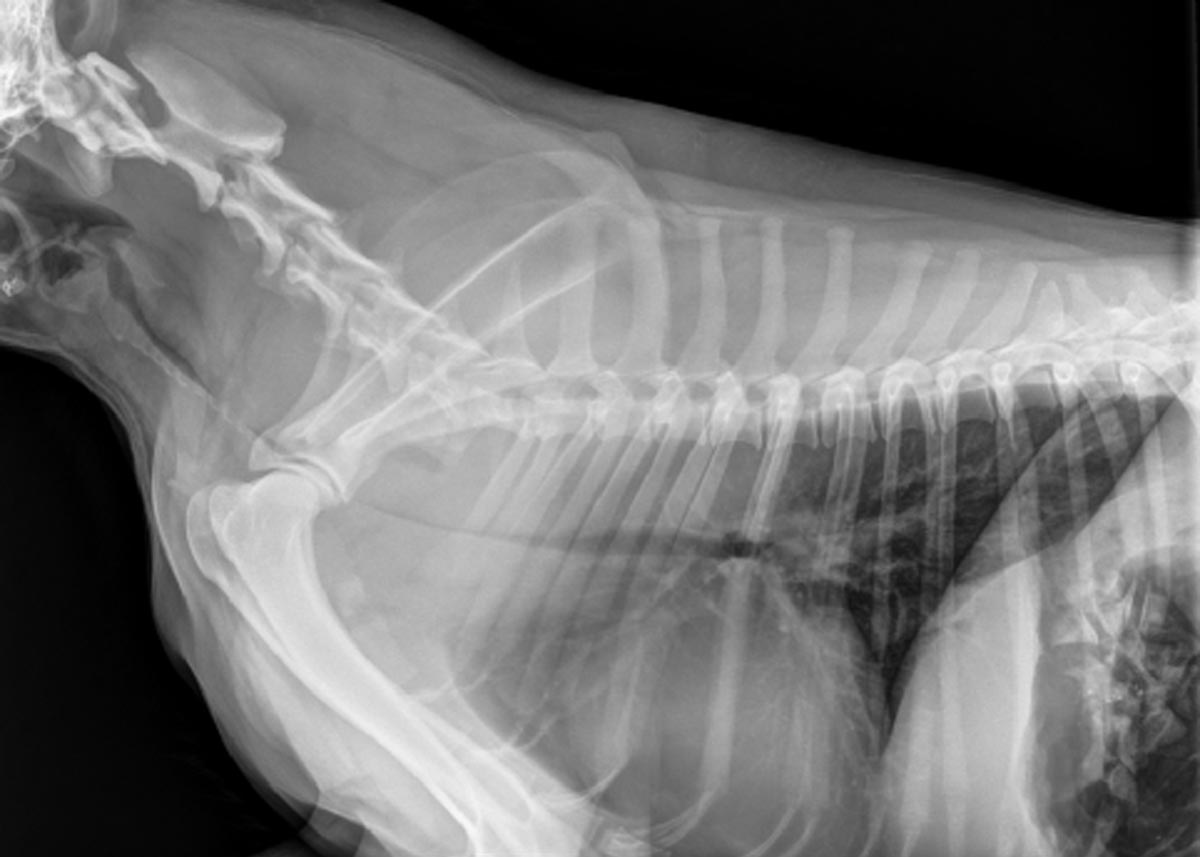
Rat bait’s sneaky trick: bleeding into the dorsal tracheal membrane
—
by
Most of us are familiar with anticoagulant rodenticide toxicosis and the range of clinical signs it can present with, but there is one potentially fatal manifestation of coagulation pathology that is perhaps not as widely known… Dogs with severe clotting problems will occasionally bleed into the dorsal tracheal membrane. This causes collapse of the thoracic…
-
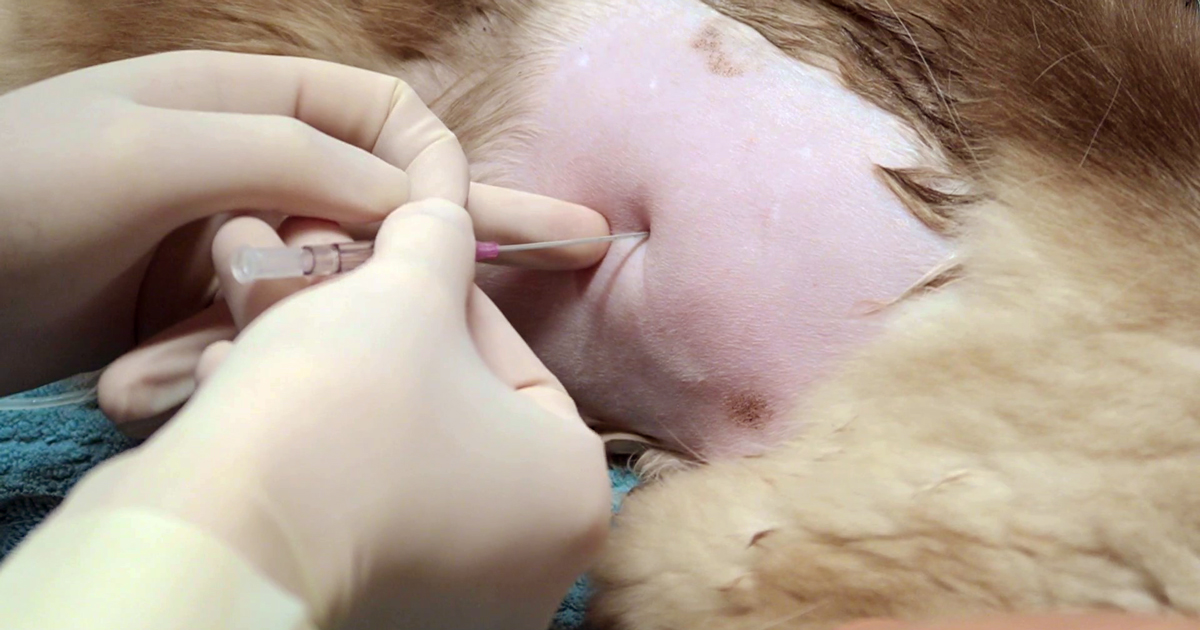
Thoracentesis, part 1: indications, equipment and protocol
—
by
Thoracentesis is a relatively straightforward and life-saving technique for seriously dyspnoeic animals with pleural space disease, and is a valuable diagnostic tool. Here are my tips for getting the most out of your approach to performing a thoracentesis. Indications Therapeutic – relieve respiratory distress caused by pleural effusions and pneumothorax. Diagnostics – cytological examination of…
-

Oxyhaemoglobin dissociation curve, pt 2: pulse oximetry’s limitations
—
by
Pulse oximetry is a useful, non-invasive method of measuring a patient’s oxygen saturation (SO2) and, under normal physiological circumstances, correlates well to the arterial oxygen saturation (SaO2). However, despite its ease of use and accessibility, it is not infallible. Circumstances exist that will undermine the accuracy of these readings – some with dire consequences if…
-
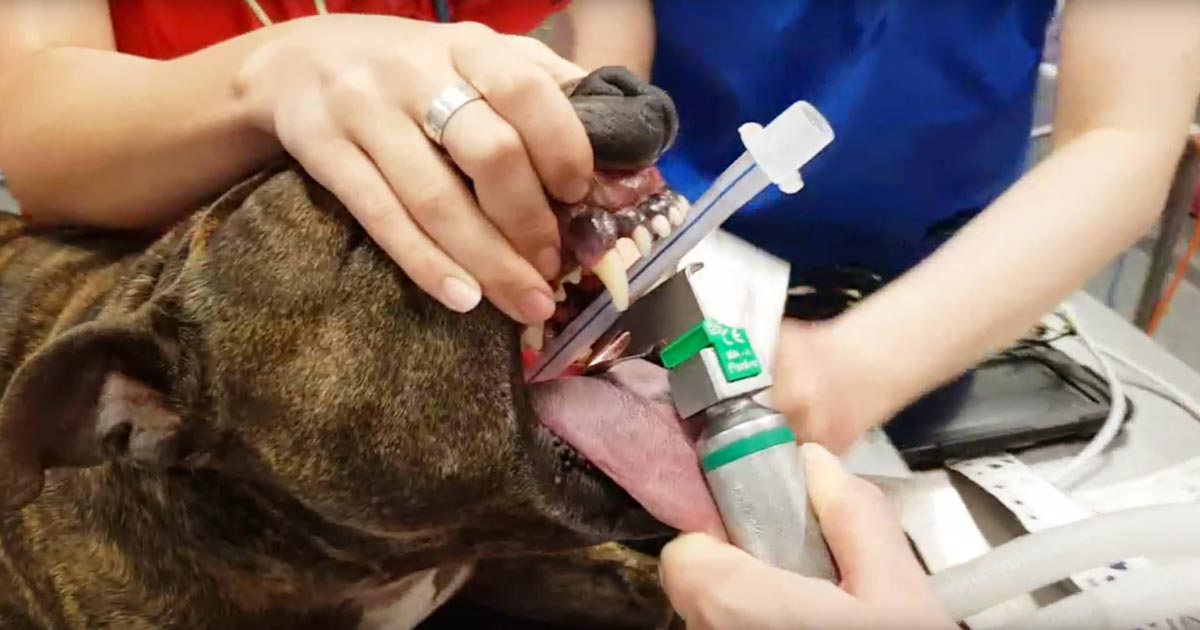
Laryngeal paralysis
—
by
This patient was brought to us for exercise intolerance, breathing difficulty and loud airway sounds. The patient has laryngeal paralysis. This is where the muscles controlling the arytenoids cartilages do not work and leads to failure of opening of the arytenoids during inspiration. Most commonly seen in middle-aged large breed dogs, it can occur acutely,…
-
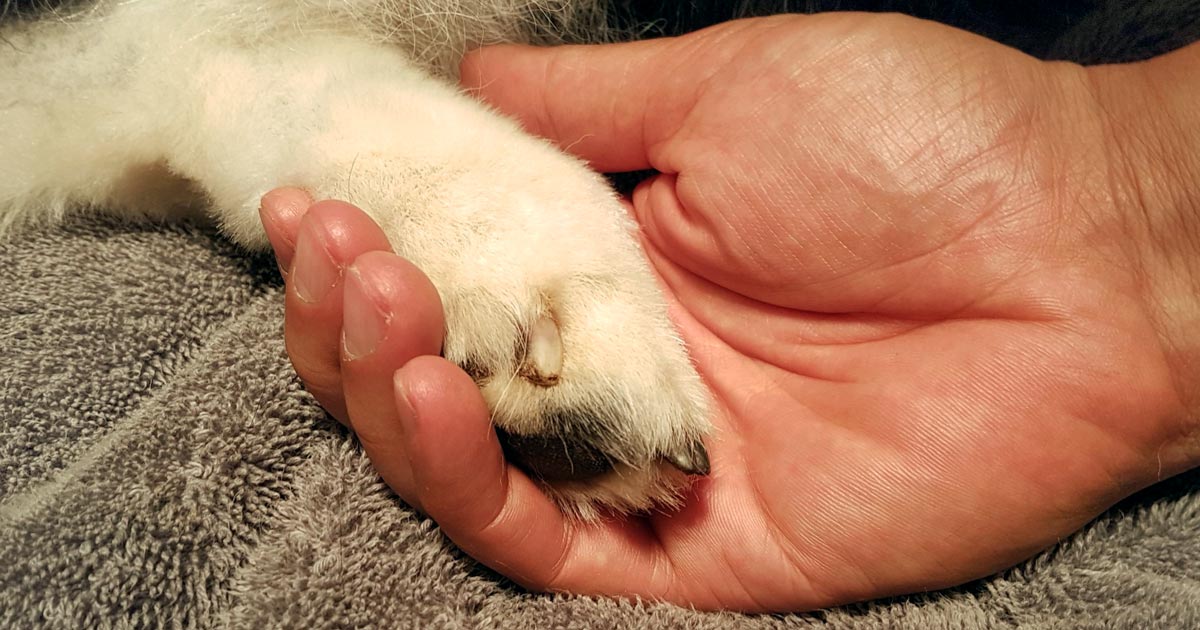
Euthanasia (part 2): caring for the patient
—
by
Last month we discussed the importance of caring for clients during the process of euthanising their much-loved pet. This month, we focus on your patient. The goals of euthanasia are always to make it as painless, fearless and stress-free as possible for the patient. Pain relief Most patients presented for euthanasia are either suffering from…
-
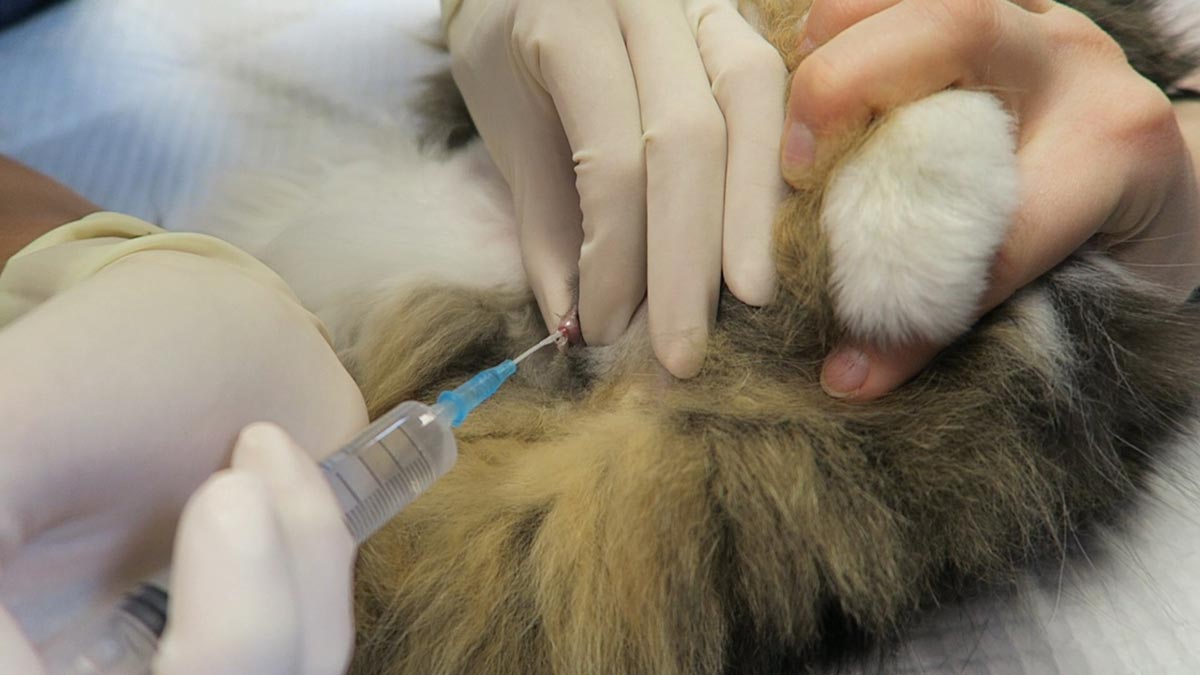
Temporary catheters in obstructed FLUTDs: buying time with a blocked cat
—
by
Obstructive feline lower urinary tract disease (FLUTD) is a common presentation in both general practice and emergency settings. Every clinician has his or her own approach to treating and managing a cat with obstructive FLUTD signs. Working in an emergency setting, once I have confirmed an obstructed bladder via palpation, I focus on trying to…
-
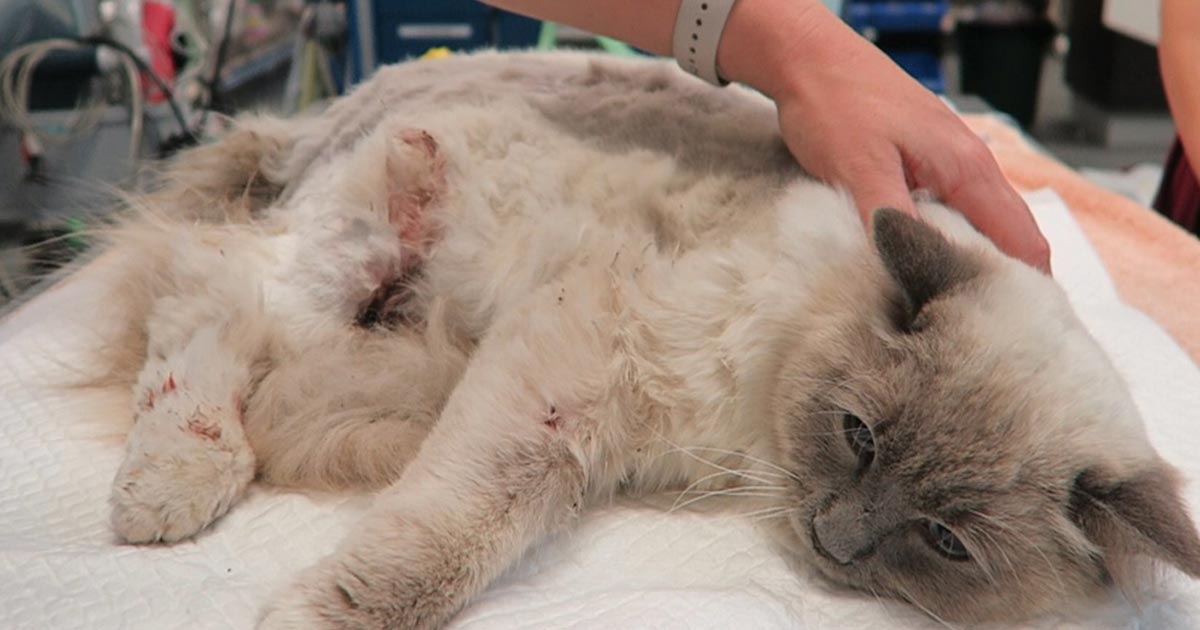
Cat bite abscesses
—
by
Cat bite abscesses are one of the most common presentations in general practice. Even in an emergency setting, I see a number of these patients. Usually they are obvious, but, occasionally, they’re not so obvious and the patient comes in lethargic, inappetant and often “painful”. Overly dramatic? One thing I’ve learned in my time is…